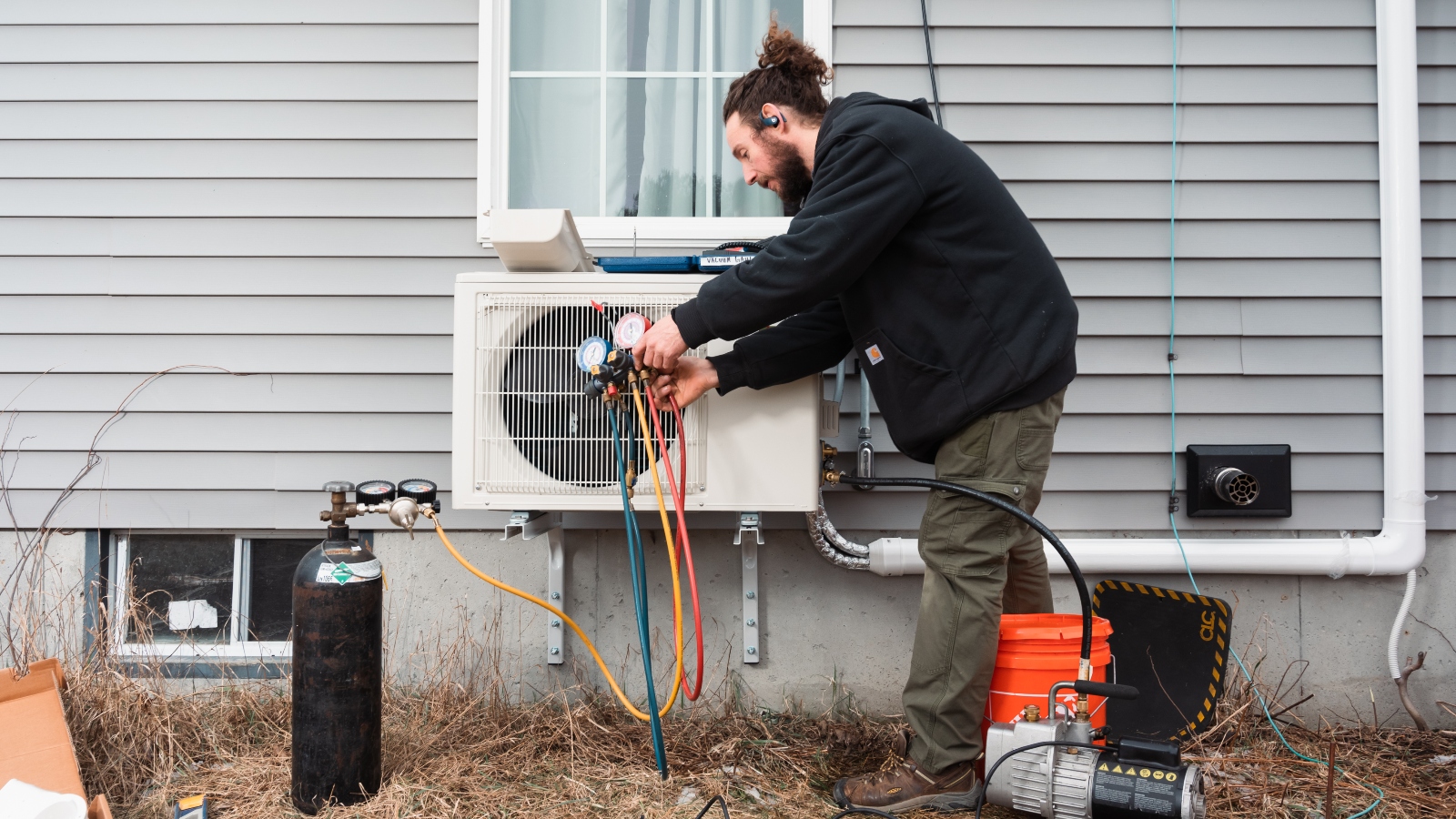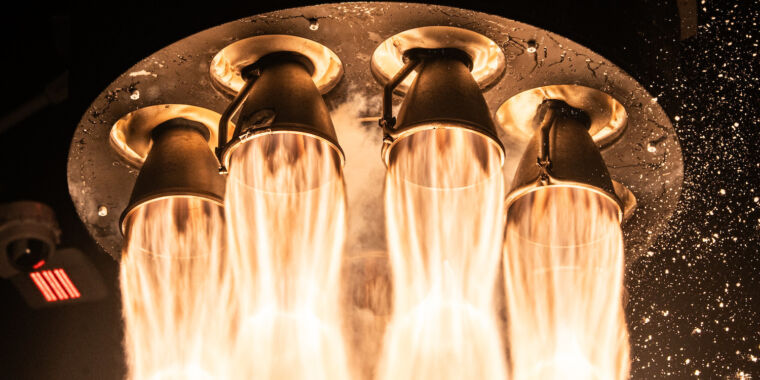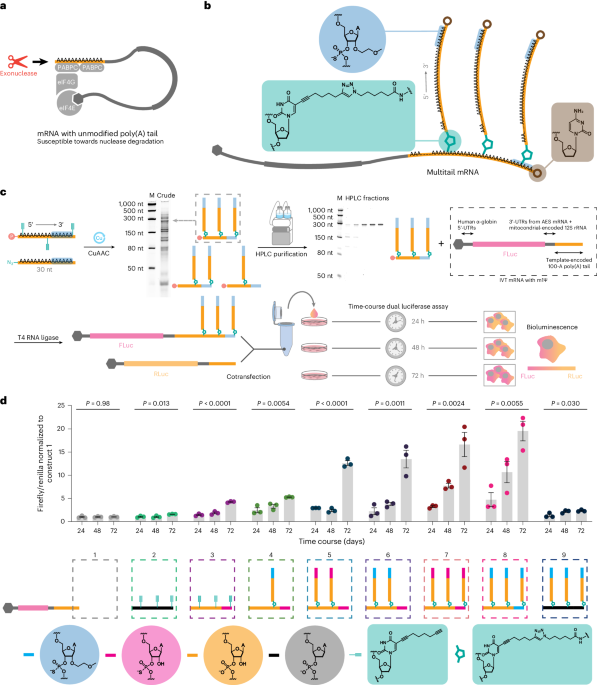[ad_1]
This story was originally published by Canary Media.
You might consider heat pumps to be a tantalizing climate solution (they are) and one you could adopt yourself (plenty have). But perhaps you’ve held off on getting one, wondering how much of a difference they really make if a dirty grid is supplying the electricity you’re using to power them — that is, a grid whose electricity is generated at least in part by fossil gas, coal, or oil.
That’s certainly the case for most U.S. households: While the grid mix is improving, it’s still far from clean. In 2023, renewable energy sources provided just 21 percent of U.S. electricity generation, with carbon-free nuclear energy coming in at 19 percent. The other 60 percent of power came from burning fossil fuels.
So do electric heat pumps really lower emissions if they run on dirty grid power?
The answer is an emphatic yes. Even on a carbon-heavy diet, heat pumps eliminate tons of emissions annually compared to other heating systems.
The latest study to hammer this point home was published in Joule last month by the National Renewable Energy Laboratory. The team modeled the entire U.S. housing stock and found that, over the appliance’s expected lifetime of 16 years, switching to a heat-pump heater/AC slashes emissions in every one of the contiguous 48 states.
In fact, heat pumps reduce carbon pollution even if the process of cleaning up the U.S. grid moves slower than experts expect. The NREL team used six different future scenarios for the grid, from aggressive decarbonization (95 percent carbon-free electricity by 2035) to sluggish (only 50 percent carbon-free electricity by 2035, in the event that renewables wind up costing more than their current trajectories forecast). They found that depending on the scenario and level of efficiency, heat pumps lower household annual energy emissions on average by 36 percent to 64 percent — or 2.5 to 4.4 metric tons of CO2 equivalent per year per housing unit.
That’s a staggering amount of emissions. For context, preventing 2.5 metric tons of CO2 emissions is equivalent to not burning 2,800 pounds of coal. Or not driving for half a year. Or switching to a vegan diet for 14 months. And at the high end of the study’s range, 4.4 metric tons of CO2 is almost equivalent to the emissions from a roundtrip flight from New York City to Tokyo (4.6 metric tons).
Eric Wilson, senior research engineer at NREL and lead author of the study, told me, “I often hear people saying, ‘Oh, you should wait to put in a heat pump because the grid is still dirty.’” But that’s faulty logic. “It’s better to switch now rather than later — and not lock in another 20 years of a gas furnace or boiler.”
Emissions savings tend to be higher in states with colder winters and heaters that run on fuel oil, such as Maine, according to the study. (Maine seems to be one step ahead of the researchers: Heat pumps have proven so popular there that the state already blew past its heat-pump adoption goal two years ahead of schedule.)
A dirty grid, then, doesn’t cancel out a heat pump’s climate benefits. But heat pumps can generate emissions in the same way standard ACs do: by leaking refrigerant, the chemicals that enable these appliances to move around heat. Though it’s being phased down, the HVAC standard refrigerant R-410A is 2,088 times more potent a greenhouse gas than CO2, so even small leaks have an outsize impact.
Added emissions from heat-pump refrigerant leaks barely make a dent, however, given the emissions heat pumps avoid, the NREL team found. Typical leakage rates of R-410A increase emissions on average by only 0.07 metric tons of CO2 equivalent per year, shaving the overall savings of 2.5 metric tons by just 3 percent, Wilson said.
A 2023 analysis from climate think tank RMI further backs up heat pumps’ climate bona fides. Across the 48 continental states, RMI found that replacing a gas furnace with an efficient heat pump saves emissions not only cumulatively across the appliance’s lifetime, but also in the very first year it’s installed. RMI estimated that emissions prevented in that first year were 13 percent to 72 percent relative to gas-furnace emissions, depending on the state. (Canary Media is an independent affiliate of RMI.)
Both the RMI and NREL studies focused on air-source heat pumps, which, in cold weather, pull heat from the outdoor air and can be three to four times as efficient as gas furnaces. But ground-source heat pumps can be more than five times as efficient compared to gas furnaces — and thus unlock even greater greenhouse-gas reductions, according to RMI.
How much could switching to a heat pump lower your home’s carbon emissions? For a high-level estimate, NREL put out an interactive dashboard. In the “states” tab, you can filter down to your state, building type and heating fuel. For instance, based on a scenario of moderate grid decarbonization in my state of Colorado, a single-family home that swaps out a gas furnace for a heat pump could slash emissions by a whopping 6 metric tons of CO2.
You can also get an estimate from Rewiring America’s personal electrification planner, which uses more specific info about your home, or ask an energy auditor or whole-home decarbonization company if they can calculate emissions savings as part of a home energy audit.
One final takeaway Wilson shared: If every American home with gas, oil, or inefficient electric-resistance heating were to swap it right now for heat-pump heating, the emissions of the entire U.S. economy would shrink by 5 percent to 9 percent. That’s how powerful a decarbonizing tool heat pumps are.
Maqvi News #Maqvi #Maqvinews #Maqvi_news #Maqvi#News #info@maqvi.com
[ad_2]
Source link

















































